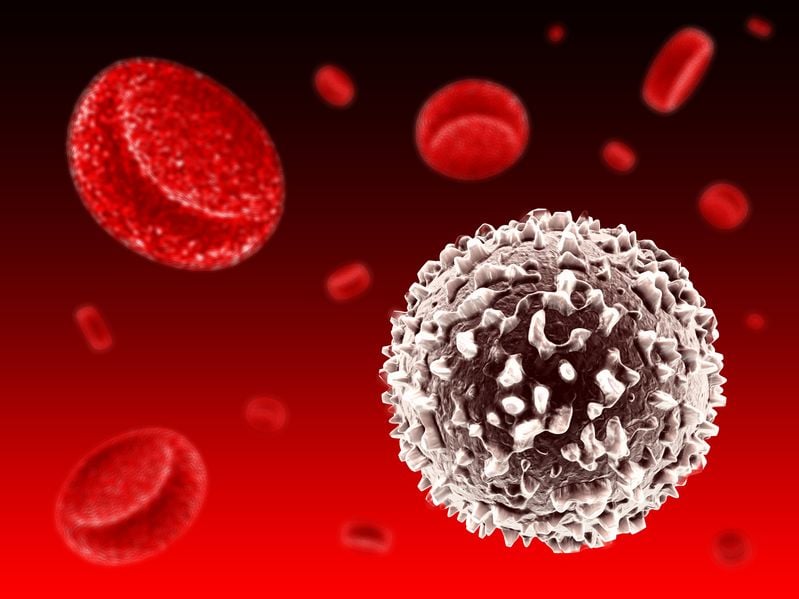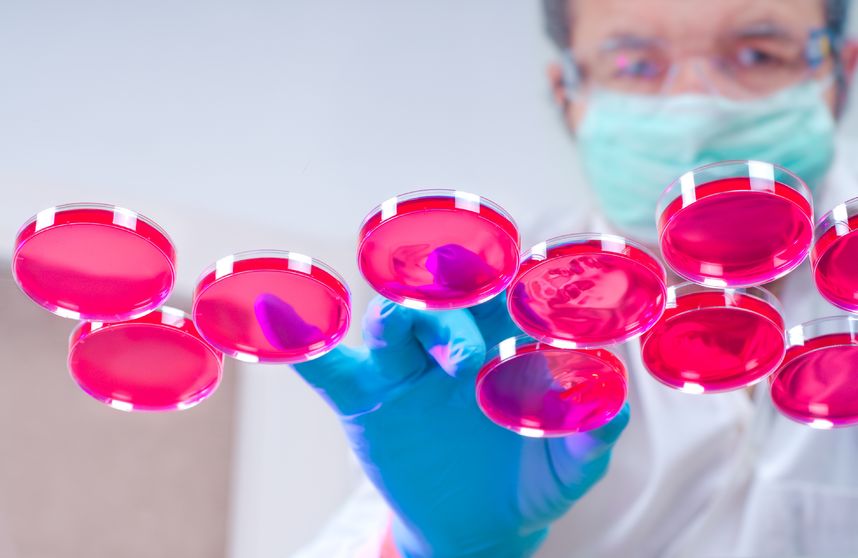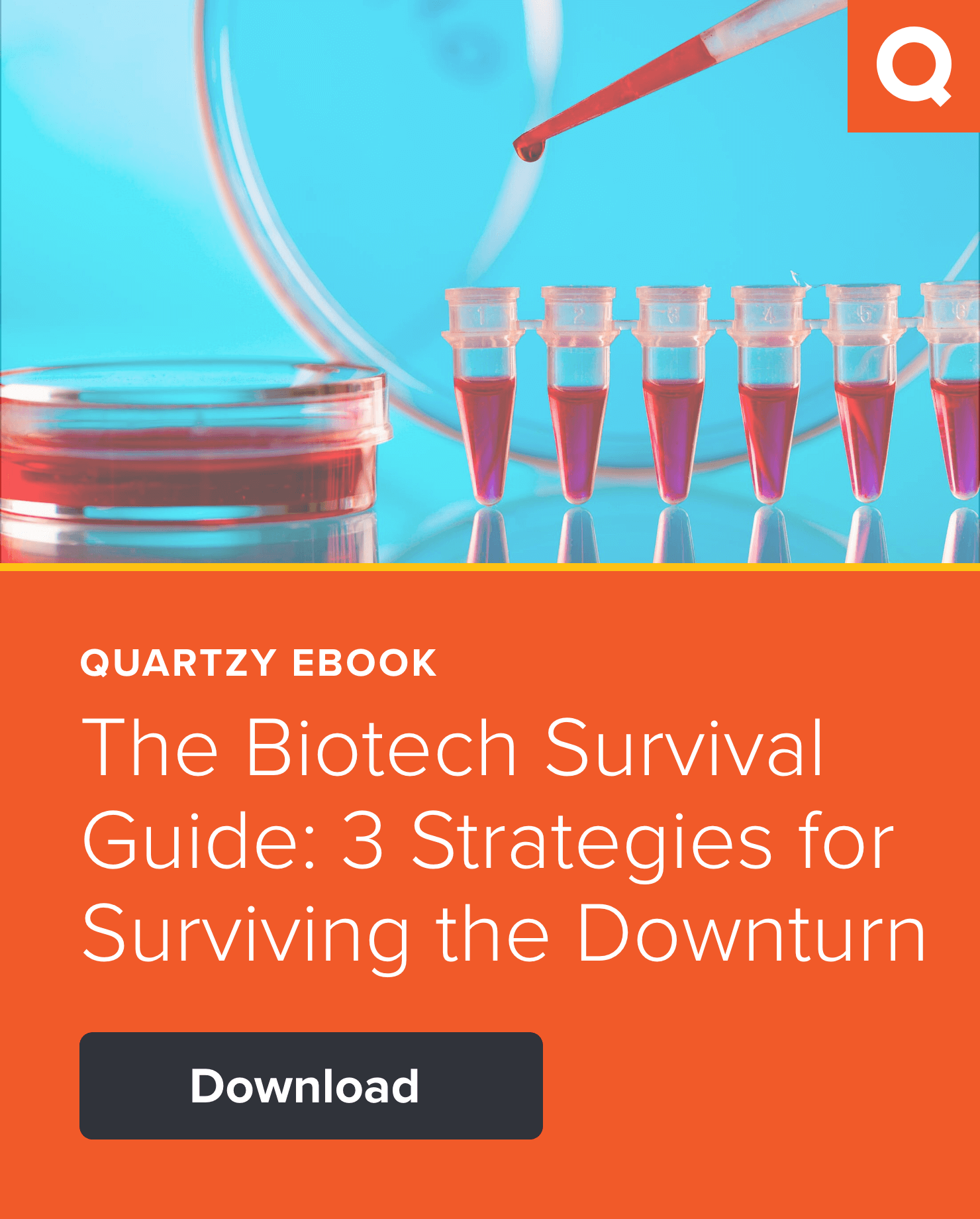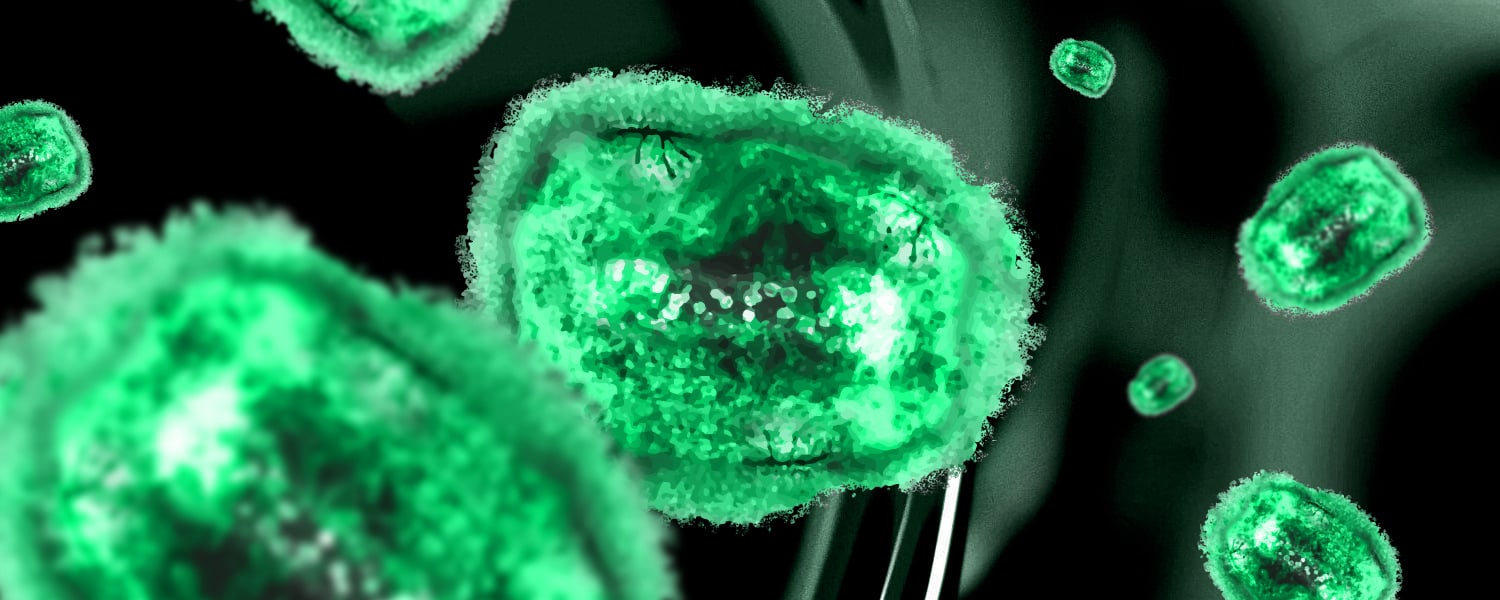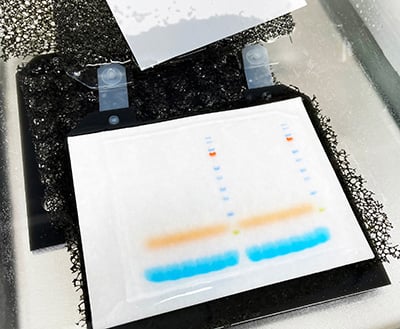Real-time, up-to-the-minute access to information provides new opportunities for scientists to monitor cellular events in ever more meaningful ways. Real-time cytotoxicity and cell viability assay reagents now allow constant monitoring of cell health status without the need to lyse or remove aliquots from plates for measurement. With a real-time approach, data can be collected from cell cultures or microtissues at multiple time points after addition of a drug compound or other event, and the response to treatment continually observed.
The CellTox™ Green assay is a real-time assay that monitors cytotoxicity using a fluorescent DNA binding dye, which binds DNA released from cells upon loss of membrane integrity. The dye cannot enter intact, live cells and so fluorescence only occurs upon cell death, correlating with cytotoxicity. Here’s a quick video overview showing how the assay works.
More Data Using Fewer Samples and Reagents
The ability to continually monitor cytotoxicity in this way makes it easy to conduct more than one type of analysis on a single sample. Assays can be combined to determine not only the timing of cytotoxicity, but to also understand related events happening in the same cell population. As long as the readouts can be distinguished from one another multiple assays can be performed in the same well, providing more informative data while using less cells, plates and reagents.
Combining assays in this way can reveal critical information regarding mechanism of cell death. For example, assay combinations can be used to determine whether cells are dying from apoptosis or necrosis, or to distinguish nonproliferation from cell death. Combining CellTox Green with an endpoint luminescent caspase assay or a real-time apoptosis assay allows you to determine whether observed cytotoxic effects are due to apoptosis. Cytotoxic and anti-proliferative effects can be distinguished by combining the cytotoxicity assay with a luminescent or fluorescent cell viability assay.
Here are a couple of example papers where cell health assays were used together in this way:
Identifying Library Compounds with Similar Modes of Action
In the May 2017 paper, Real-time cell toxicity profiling of Tox21 10K compounds reveals cytotoxicity dependent toxicity pathway linkage, authors Hsieh et al describe use of CellTox Green together with the luminescence-based RealTime-Glo™ MT Cell Viability Assay to understand the cytotoxicity profiles of ~10,000 test compounds. The authors wanted to identify compounds with similar modes of action (MOA) and began by identifying and grouping those with similar cytotoxicity profiles.
"By interrogating cytotoxicity in a sufficiently large number of cell lines with diverse genetic features, chemicals with similar MOAs can be grouped together based on their differential cytotoxic responses across cell lines…..In addition to the pattern of cytotoxicity across cell lines, the kinetics of cytotoxicity can vary greatly for different groups of chemicals. For example, immediate cellular changes can be seen for chemicals acting on ion channels, while a delayed cytotoxic response occurs for chemicals that act on cell cycle processes."
The information gained allowed these authors to classify library compounds based on similarities in cytotoxic effect on two different cell lines over various time frames.
Verifying Penetration of a Lytic Reagent in 3D Assay Formats
The 2015 paper Development and Validation of a Luminescence-based, Medium-Throughput Assay for Drug Screening in Schistosoma mansoni illustrates another way CellTox Green can be combined with a second assay to verify results. Searching for new drugs to combat the parasitic disease Schistosomiasis, authors Lalli et al developed a screening method using the endpoint CellTiter-Glo® 3D Cell Viability Assay. As part of their validation, they used both CellTiter-Glo 3D and CellTox Green together with microscopy to verify that the CellTiter-Glo reagent penetrated to the center of the parasitic cell clusters, lysing the cells. They then proceeded to develop screens using the luminescent cell viability assay to identify new candidate compounds for future treatment of schistosomiasis.
Interpreting Multiplex Cell Health Data
These studies show how real-time data availability makes it possible to gain continual information from a cell sample, while keeping the same sample available for secondary evaluations of viability. If you would like more information on how to interpret data from multiplexed assays, check out the video-based training guide Interpreting Multiplexing Data Using The CellTox Green Cytotoxicity Assay. This resource includes videos like the one above explaining how to use the CellTox Green assay with apoptosis and cell viability assays, and how to interpret the results to identify mechanism of cell death.
Reposted from Promega Corporation





